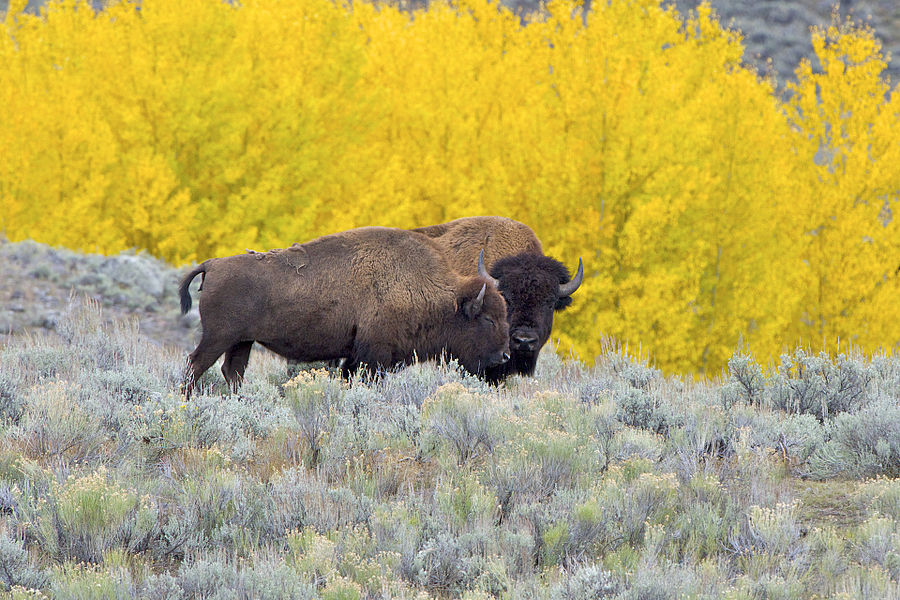Facts About American Bison, Buffalo
The American bison, often referred to as the American buffalo, is a majestic animal that historically roamed North America in vast herds. These herds once stretched from Alaska to the Gulf of Mexico. Due to mid-20th century conservation efforts, the bison population has made a significant comeback. This species holds profound cultural and spiritual significance for Native American tribes and has been designated as the national mammal of the United States.
There are two primary types of bison: the plains bison and the wood bison. Plains bison are smaller with a more rounded hump, while wood bison are larger, featuring a taller, square-shaped hump. As the heaviest and longest land animals in North America, bison are truly impressive. The wood bison, in particular, ranks among the largest wild bovids in the world.
Bison have existed for millions of years, but their populations plummeted in the 19th century due to overhunting. These herbivores primarily graze on grasses and sedges and exhibit fascinating behaviors, such as migration, social hierarchies, and complex mating rituals.
Despite their immense size and strength, bison can be dangerous if provoked. They are symbols of resilience and central to many conservation initiatives. Today, bison herds have been reintroduced to various conservation areas, with a strong focus on maintaining their genetic diversity.
Bison hunting was once vital for Indigenous peoples but also contributed to the species' near-extinction. Nowadays, bison are raised for their meat, hides, wool, and even dairy products. Conservation measures are in place to protect purebred bison herds, but genetic diversity remains a concern due to past hybridization with domestic cattle.
The American bison transcends its role as an animal; it is a cultural and symbolic icon. It appears on official seals, flags, logos, and coins, reflecting its importance in North American heritage. Revered in Native American traditions, the bison stands as a powerful symbol of strength, resilience, and the ongoing efforts to preserve our natural world.

 Canada
Canada